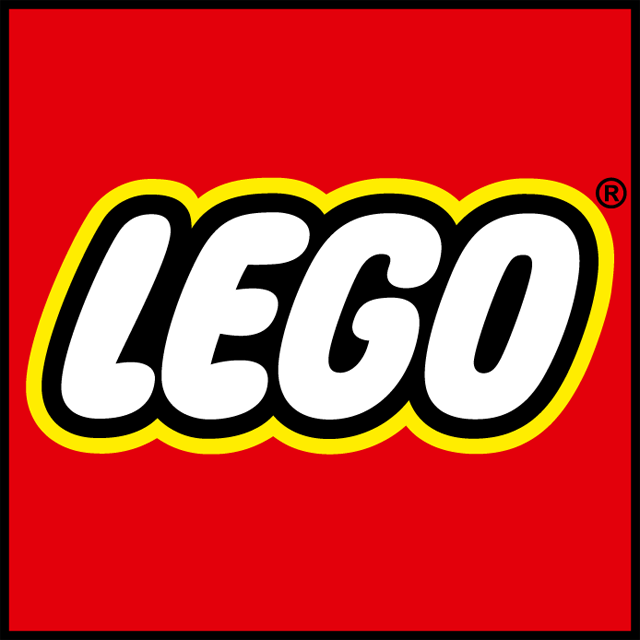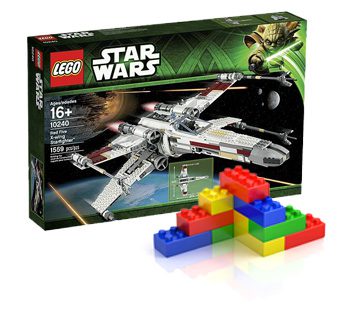
“ … this has improved the motivation of the team members. Going to work is more fun when there’s less confusion and less waste. And motivated people do better work, so it’s a positive cycle! Another impact we’ve seen is that other parts of LEGO visit the meeting, get super inspired, and start exploring how to implement some of these principles and practices in their own department. In fact, agile is spreading like a virus within the company, and the highly visible nature of the PI planning event is like a a catalyst.”
—Henrik Kniberg and Eik Thyrsted
Update:
January, 2017 : A year after Henrik Kniberg and Eik Thyrsted shared the first phase of LEGO’s SAFe journey, they are back with the next chapter of their story. Their efforts to nip and tuck SAFe for optimal results run the gamut from large edits to small tweaks, and their learnings and outcomes are captured in a 36-page in-depth summary that is full of candid commentary and describes the thought process behind each decision. You can download it below.
Industry:
Consumer Products
Introduction
One of the world’s leading manufacturers of play materials, The LEGO Group is still owned by the Kirk Kristiansen family who founded it in 1932. With headquarters in Billund, Denmark, and main offices in Enfield, USA, London, UK, Shanghai, China, and Singapore, the company employs more than 15,000 people worldwide.

In 2014, LEGO Digital Solutions turned to SAFe to improve their collaboration model and seek out what they like to refer to as the “Land of Awesome.” Their story of business agility transformation was presented at LKCE (Lean Kanban Central Europe) by LEGO’s Head of Project Management, Eik Thyrsted Brandsgård and Lean/Kanban Coach, Mattias Skarin from Crisp.
Much like creating something from LEGO® bricks, they built their transformation one piece at a time, starting with inviting 20 managers to a 2-day Leading SAFe class. From there, they began training the teams; first one, then another until they had 20 teams trained in SAFe. They approached every step as a learning journey, allowing for creativity along the way. When something didn’t seem like a good fit, they weren’t afraid to experiment. Taking results from Inspect and Adapt, they tweaked SAFe to their needs with a simple guiding principle, “Keep the stuff that generates energy.”
“The combination of a structured system, logic and unlimited creativity encourages the child to learn through play in a wholly unique LEGO fashion.” —The LEGO Group
Their first PI Planning event—which they now refer to as their “center of gravity”—went better than expected, with the teams eager to take what they learned and apply it.
“You just can’t replace face-to-face communication, and PI planning is just a fantastic way to do that.”
Their presentation includes insights and lessons learned, such as:
- You need critical mass
- They can now better manage expectations
- Don’t be afraid to experiment
- To become good at something you need to practice it
- Experimenting your way forward matters more than your selection of path
SAFe’s creator, Dean Leffingwell, calls their presentation, “One of the most insightful applications and presentations that I’ve yet seen on SAFe.” You can view their 45-minute video below.
Many thanks to Mattias and Eik for sharing their inspiring story!
Share:
Back to: All Case Studies
Suggested Case Study:
PlayStation Network